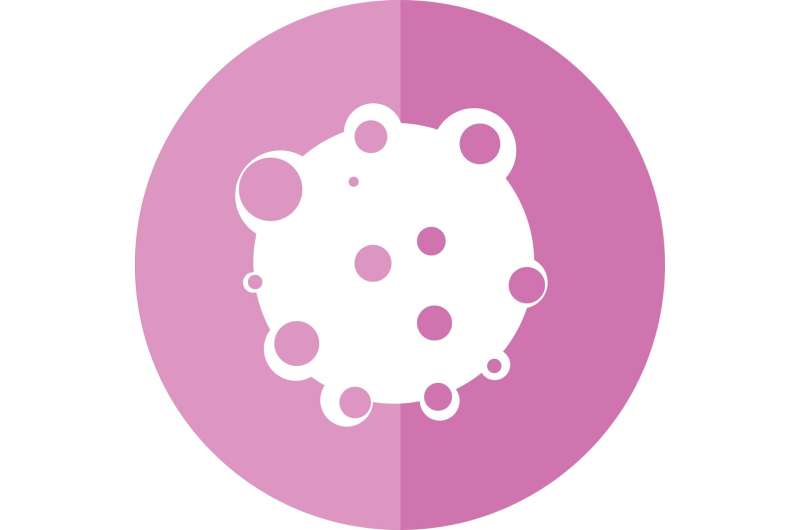This article has been reviewed according to Science X's editorial process and policies. Editors have highlighted the following attributes while ensuring the content's credibility:
fact-checked
peer-reviewed publication
proofread
Graph filtration learning reveals new dimensions in hepatocellular carcinoma imaging

A new editorial was published in Oncotarget, titled "Beyond pixels: Graph filtration learning unveils new dimensions in hepatocellular carcinoma imaging."
As traditional pixel-based methods reach their limits, Graph Filtration Learning (GFL) offers a novel approach to capturing complex topological features in medical images. By representing imaging data as graphs and leveraging persistent homology, GFL unveils new dimensions of information that were previously inaccessible.
In this editorial, researcher Yashbir Singh from the Department of Radiology, Mayo Clinic, in Rochester, Minnesota, explores the emerging role of GFL in revolutionizing Hepatocellular carcinoma (HCC) imaging analysis.
In medical imaging, the understanding of HCC has long been constrained by the limitations of pixel-based analysis. While traditional methods are valuable, they often struggle to capture the full complexity of tumor heterogeneity, vascular patterns, and tissue architecture that characterize this aggressive liver cancer.
"We discuss the principles of GFL, its potential applications in HCC imaging, and the challenges in translating this innovative technique into clinical practice," the researchers said.
More information: Yashbir Singh, Beyond pixels: Graph filtration learning unveils new dimensions in hepatocellular carcinoma imaging, Oncotarget (2024). DOI: 10.18632/oncotarget.28635




















